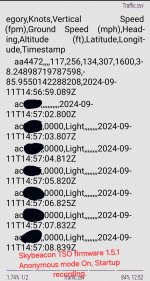MacCool
Well Known Member
My experience about 10 years ago is they charge about $29,999.99 because that is one cent less than where the bill gets audited for usury by either insurance or regulators. No matter the flight length. This limit may have gone up since.
They may charge that but they don’t collect anything close to that.


